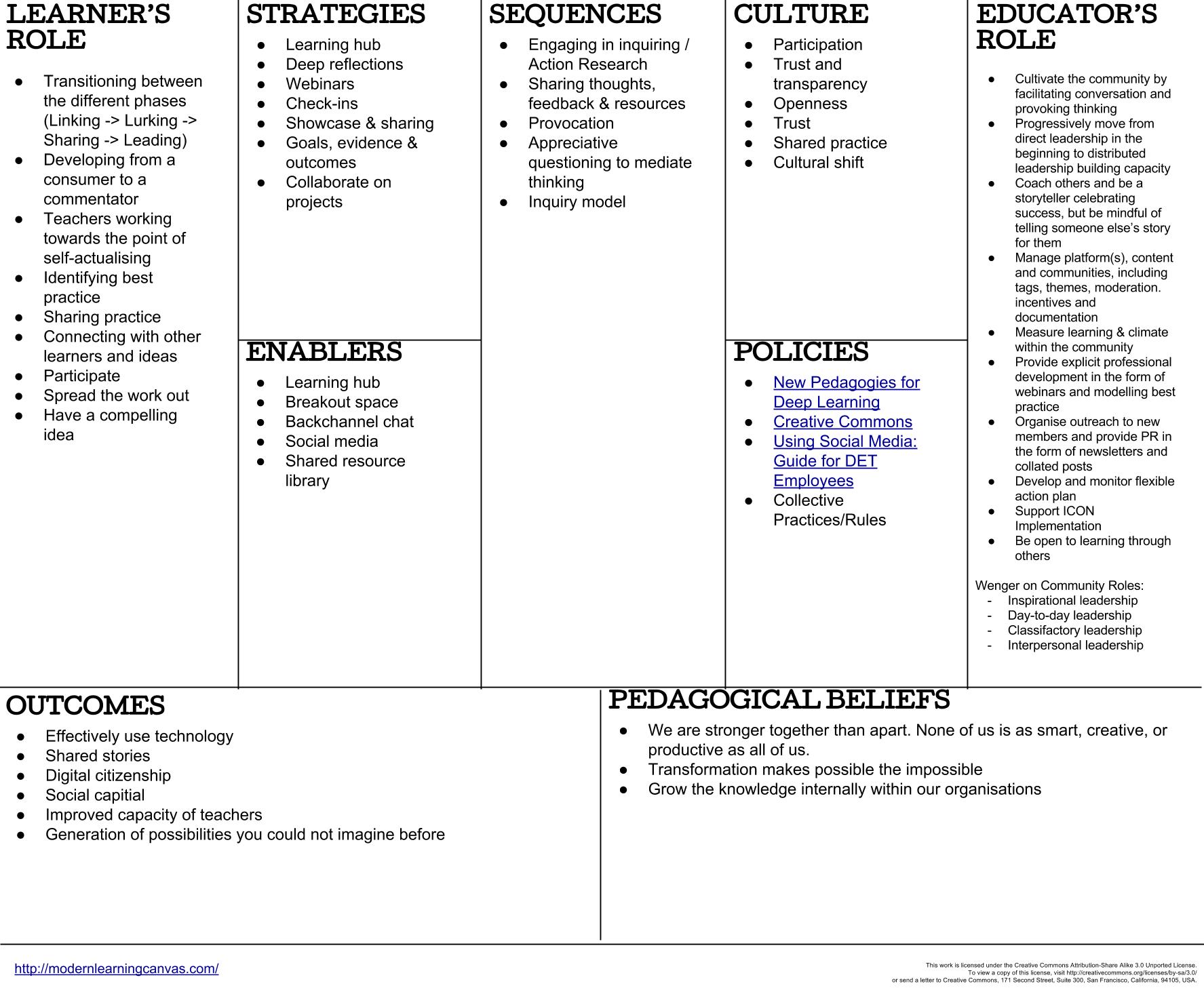
flickr photo shared by mrkrndvs under a Creative Commons ( BY-SA ) license
In a recent post, Dean Shareski reflected on the notion of ‘watershed moments’:
I was chatting with someone the other day and the idea of watershed moments came up. Specifically, we reflected on watershed moments in our own learning and careers. Watershed moments are those occasions where there the lightbulb came on or something profound was shared or understood. They happen in various contexts no doubt. As I thought about my own I was instantly curious about other people’s experiences.
Inspired, I decided to share some of my own watershed moments …
Professional Development
It is so hard to choose one experience that stands out above others. Some of the activities that come to mind include the TL21C community of practice or developing a presentation with Steve Brophy. However, if I were to choose one professional development experience that stood out as being a watershed moment, it would have to be being a part of the Google Teachers Academy in Sydney in 2014. I must be honest, I have failed in my endeavour to further engage parents and the community. However, the event completely changed the depth and detail that I apply to problems. Working with Tom Barrett and Hamish Curry from NoTosh (although Tom has since gone solo), it gave a thorough insight into Design Thinking and the discipline required to bring about change.
Presentation
It is hard to identify one presentation that has left a significant impression. I find I attach myself to people and their ideas, rather than a particular presentation. I think that like millions of others, I was captivated by Sir Ken Robinson’s original TED Talk. However, I think that it was Alan November’s keynote for ICTEV12 that really propelled me into the world of connected learning. It was not that he necessarily provided a map for how to reform education, rather he painted a picture as to how things could be different. Whether it be self-publishing or using various search methods to break out of your echo chamber, he demonstrated that change is possible.
Book
Reflecting upon reading, I feel that my consumption of late has been predominantly non-fiction. However, it is the worlds introduced in books of fiction that leave had the most profound mark. If I were to choose one book, I think that it would have to be Catcher in the Rye. I must admit that I am drawn to anti-heroes, flawed characters who remind us that life is neither simple nor obvious. Although I could easily have included something by Jane Austen or James Joyce, Catcher is one of those books whose fractured simplicity means that they are forever open, yet at the same time leave you with a feeling of the uncanny.
Tool
I think that like Dean Shareski, the watershed technology would have to be blogging. When I think about my voice and identity as a blogger, it has roots to a time long before I wrote my first post. I have come to realise, as I recently went through some old university documents, that my tendency to follow threads of thought were alive back then in the margins of pages or on the back of envelopes. What blogging has allowed is a personal space to actually follow through with some of these thoughts and articulate them. When I speak to people about blogging, I wonder sometimes if discussion of platforms misses the point. I think that what matters most is the possibility to communicate and collaborate. If this is not important before you start a blog, then I am not sure that you will find much worth.
Person
I am a believer in the power of the collective village, so to choose one person seems problematic. If I had to choose one, it would have to be Richard Olsen. What stands out about Olsen is his willingness to push an idea to its limits. Whereas others may nod as a sign of approval or simply agree to disagree, it feels as if Olsen sees such opportunities as the beginning of something deeper. I must admit that this is not for everyone and some prefer to live what would seem as an unexamined life. Instead when I am pushed by those like Olsen, Greg Thompson, Jon Andrews, Deborah Netolicky, David Culberhouse, Alan Levine, Andrea Stringer, Steve Brophy, Mariana Funes, Jon Corripo, Corinne Campbell, Anthony Speranza, Jenny Ashby etc … I feel privileged that they are willing to make the effort and spend the time to take an idea that bit further.
So there you go, those are some of my watershed moments. I am sure that I have missed many moments, as well as people. However, it is at least an attempt.
So what about you? What are your watershed moments? I would love to know.
If you enjoy what you read here, feel free to sign up for my monthly newsletter to catch up on all things learning, edtech and storytelling.












